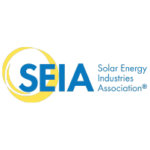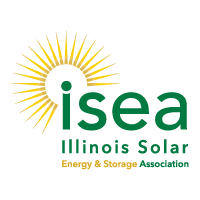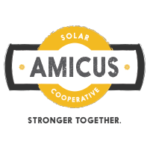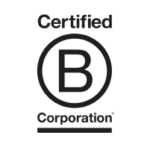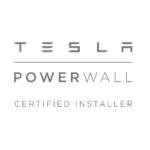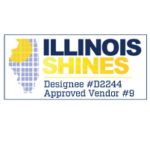Like plants and photosynthesis, solar panels take the power of the sun and turn it into energy.
Here’s how it works. The photons from the sun shine down on the panels, they excite electrons in the panel’s cells, which then move to its circuits. This direct current energy travels from the roof to an inverter which converts the direct current (DC) energy to alternative current energy (AC) for your building’s energy use. The inverter connects to your buildings’s electrical system at the panel box or at the meter.
In the installations StraightUp Solar completes, your building is always tied to the utility grid to receive power when the sun goes down. Alternatively, the energy can be stored in batteries to be withdrawn at night. Your bi-directional meter tracks the energy generated from your array that exits your building as well as the energy your building consumes from the grid. When the grid is down, and if you have no batteries, your inverter will not allow energy to exit your building to protect the utility workers repairing the lines.
Learn more about solar for Nonprofits.


